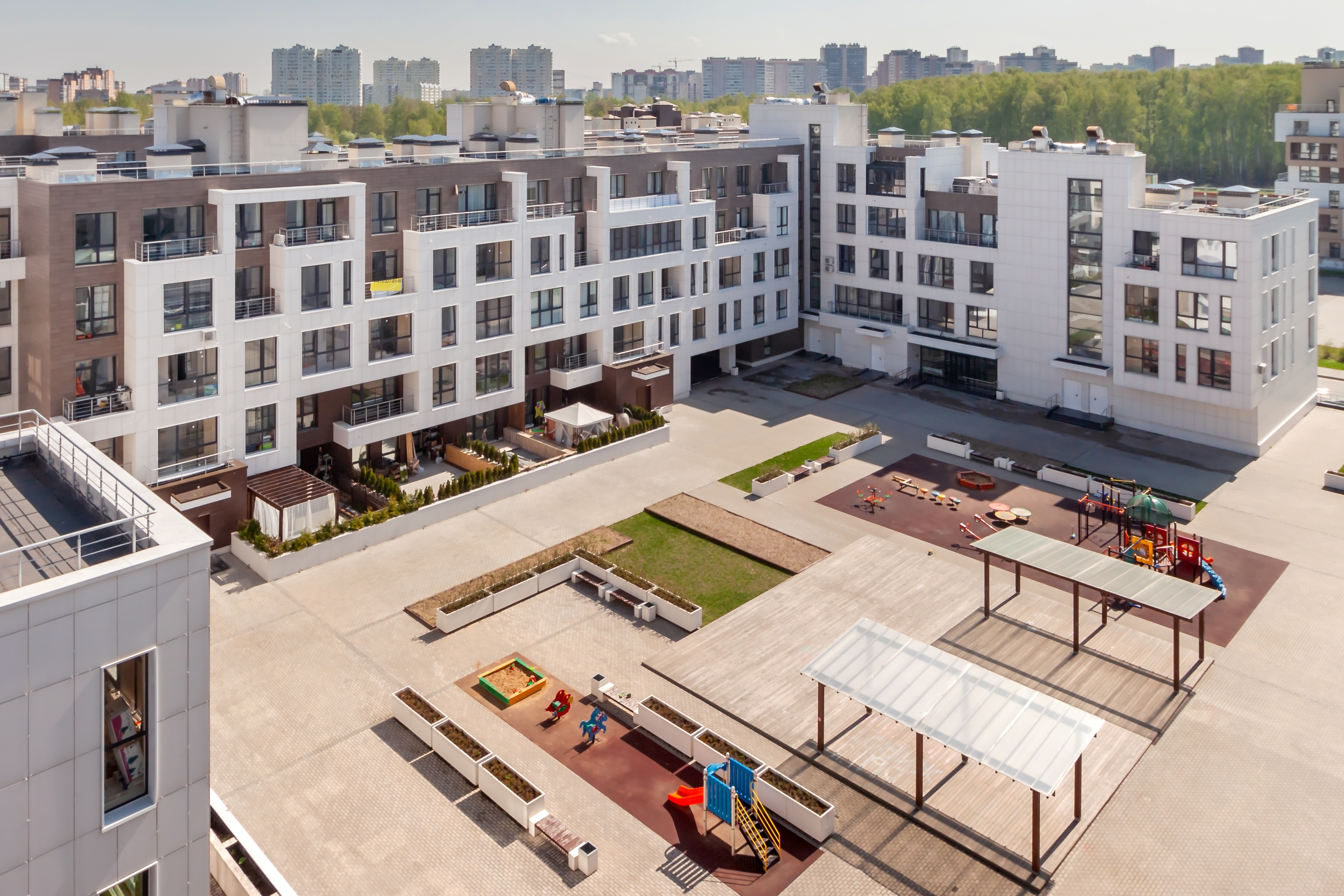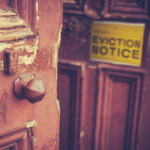Neighborhood Solutions
A built environment is defined as all physical parts of where we live and work, such as homes, buildings, streets, open spaces, and infrastructure. There have been a number of studies linking the built environment with physical activity, obesity, asthma, among other chronic conditions. Interventions designed to address the built environment can take many forms, some of which are low-cost and easy to implement on a large scale.

Lighting, poor or the lack of, is an issue that exists within many communities, but has more profound effects in marginalized neighborhoods. For example, take a study conducted by the NYPD and the New York City Housing Authority that found a 36% reduction in “index crimes” (defined as serious felonies and certain property crimes) in housing developments that received new lights. The logic here is obvious: bright and operational lights make it harder for crime to remain unseen, and most criminals will avoid committing a crime in plain view when possible. Lighting is a relatively low-cost solution to hazards present in these communities, and the initial investment required for a retrofitting project could be included in grants delivered by federal and state housing agencies (as well as individual counties and townships if applicable). When residents of Coppertree Village Apartments in Houston sued both HUD and the apartment owners, the suit included a section where the owners certified (but did not adhere to) a security enhancement program which would include: repairing existing lighting, repairing inoperable cameras, repairing fencing, and implementing parking sticker enforcement. These improvements all have the potential to address poor housing conditions if owners are willing to invest in the safety of their residents.
Walkability and the presence of public spaces has been linked directly with health in recent research. William Riggs and John Gilderbloom conducted a study on the connection between neighborhood walkability and longevity in a mid-sized city (Louisville), and found some stunning connections between walkability and potential years lost. Riggs and Gilderbloom used years of potential life lost (YPLL) as their measurement of premature death and found that people tend to die younger in locations that are less walkable and livable. They also found that even in environments that were historically poor and had higher concentrations of persons of color, walkability created gains in longevity.

The American Institute of Architects convened in 2018 for the Design Justice Summit, an initiative designed to “create dignified spaces and living conditions for people in communities like those struggling to recover from Hurricane Katrina”. This summit allowed agencies, organizations, and communities to come together and build valuable relationships, as well as come up with policy and practical solutions to address injustices in the built environment. Some of the policy interventions included a wider adoption of health building standards, such as requiring or incentivizing LEED certification. Leadership in Energy and Environmental Design (LEED) is a popular building certification program used globally that encourages energy and resource-efficient buildings that are environmentally-conscious. Due to the costs associated with LEED certification, ($2900 for a building under 50,000 sq ft) it’s imperative that private sector and/or government incentivize these types of design to ease the burden on owners. Another policy intervention was to have more diligent site selection. Many buildings are built on toxic soil or lots that were used for activities that will directly impact the health of future residents, and thus, are not fit for living. Some developers may not care enough to be deterred by toxicity or contamination, and it then becomes the duty of our agencies to conduct more comprehensive oversight. Another oversight option could be aggressive brownfield revitalization. Brownfields are defined as previously developed land not currently in use, typically referring to contaminated or polluted land. The Environmental Protection Agency (EPA) handles brownfield grants, and a 31% reduction in the EPA’s budget from FY 2019 to FY 2020 is a step in the wrong direction. Preventative measures regarding health may be costly, but they surely aren’t as costly as the lost productivity, the burden on the healthcare system, and the loss of life that results from defunding agencies that protect our environment and citizens.
Home Condition Interventions

Because we spend over 90% of our time indoors, and a significant amount of time in our homes, substandard housing and building conditions will inevitably cause harm to the most vulnerable members of society. Housing conditions inside federally-subsidized developments are distressing to say the least. The first intervention that could address these conditions is the adoption of stringent indoor air quality (IAQ) regulations. These regulations would preferably apply to all buildings, meaning it would positively benefit those in public housing and beyond. Because federal agencies don’t have authority over IAQ in nonindustrial buildings, it’s imperative that states take the lead addressing indoor air quality. For example, New Jersey is one of the only states with indoor air quality standards. These standards lay bare the scope of standards, acceptable limits and boundaries, and required recordkeeping, among other things. NJ’s IAQ standards apply to buildings housing public employees, which includes schools, but need to be more comprehensive to apply to any and every new building within their jurisdiction. While schools and employer’s buildings account for a large proportion of the population, it still does not address the presence of pollutants at home.
For Community Health
Housing isn’t listed as an inalienable American right, but perhaps it should be. Shelter is a necessary aspect of living, and one that is essential to health. Built environment is a social cause of illness that needs to be dealt with in the present so that future generations will not be put at risk. Doing so requires local, neighborhood interventions, but large-scale interventions cannot be implemented without the help of those we elect to govern us.
Check back tomorrow for government-based interventions to the Hazardous Housing issue.




Join the Conversation